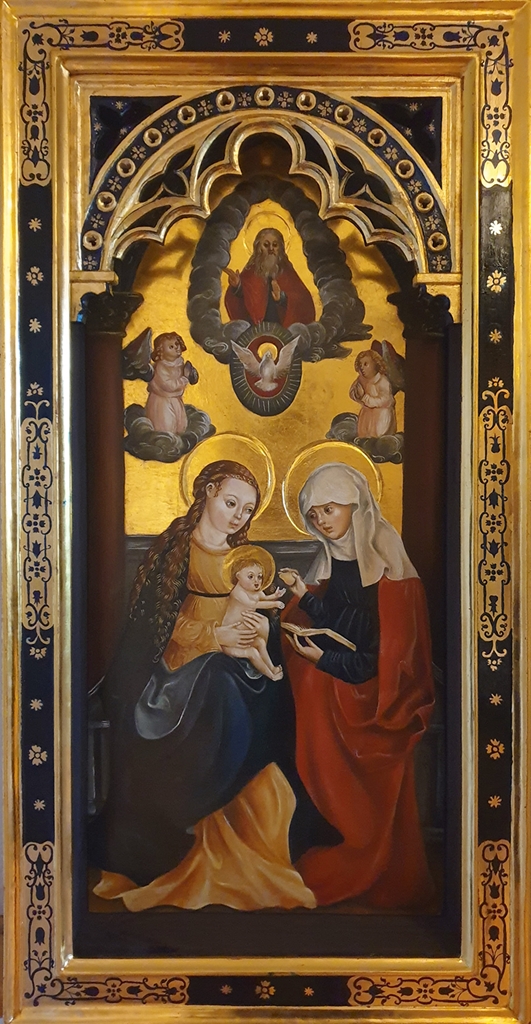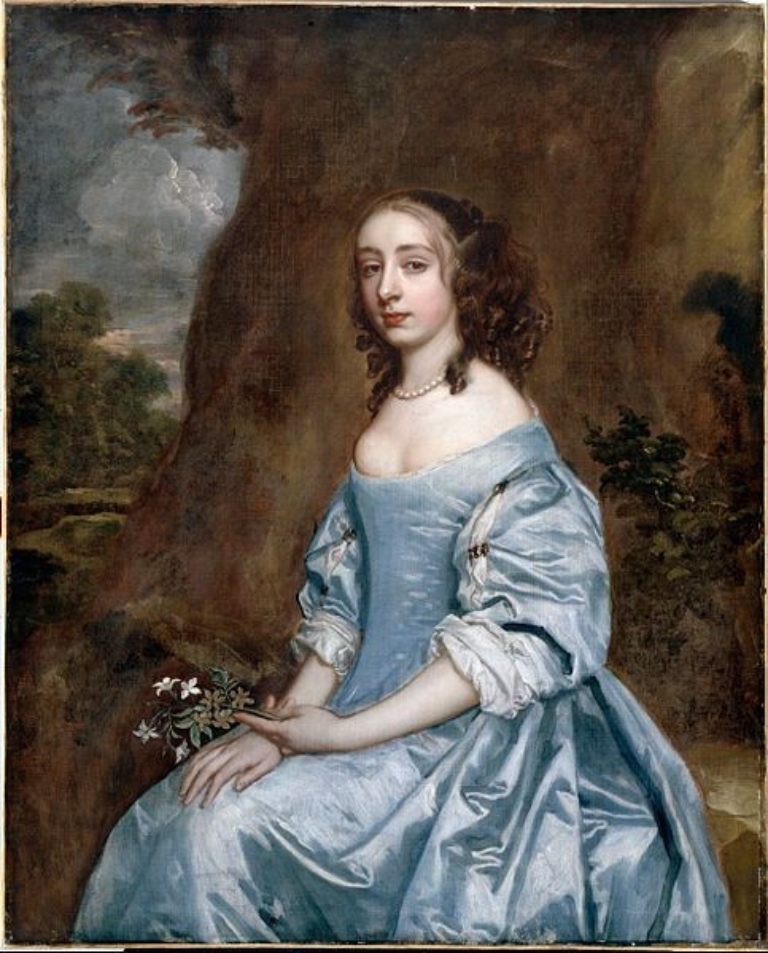Anna
Wąsek
Faculty of Conservation and Restoration of Works of Art
Born 1995. Studies: Faculty of Conservation and Restoration of Works of Art of the Academy of Fine Arts in Warsaw (2013–2020). Painter, copyist, costume designer. She participated in a fashion show at the 4th and 5th Festival of Horsemanship in the Olympic Centre, Warsaw (2017, 2018) and in An exhibition of historical tailoring – Żupan, Jupka, Karabela, DAP, Warsaw (2018). She completed a student apprenticeship in Lebanon. She worked on the conservation of Jerzy Nowosielski’s wall paintings in the Church of Divine Providence in Wesoła and as a trainee assistant at the Chair of Easel Painting Technique and Technology at her home faculty. She is employed in the Croaton KRODS company.
Copy of a fragment of The Virgin and Child with St Anne, St Margaret and St Catherine – a painting by the Altar Master from Warta, dated ca. 1520, from the collection of the National Museum in Warsaw
Supervisor:
Dr Mateusz Jasiński
Studio of Technology and Copy of 17th–19th Centuries Painting
Self-reflection
When I learned that it was possible to make a technological copy of a Gothic altar as part of the master’s degree piece, this opened up many amazing opportunities for me. I could explore the mysticism of the Gothic style thanks to my work with the original in the Store of Medieval Art in the National Museum in Warsaw. I wanted the copied object to look like it has just been painted by the Master. Therefore, attempts to reconstruct the missing elements of the composition were the problematic part of the degree piece. Fortunately, a comparative analysis of other preserved paintings of the author of the object made it possible to reconstruct the fragments that had not survived. I made the copy on a poplar board covered with 17 layers of glue-chalk primer. I painted the copy using handmade paints, including lead white, which is very rarely used today, and the object is gilded with 23.75-carat gold. For the copy of the painting, I made a decorative frame in a style referring to a Gothic frame with a decorative tracery.
Attempt at the reconstruction of dresses inspired by the 17th century
Supervisor:
Prof. Dorota Grynczel, Dr Michał Wielowiejski
Studio of Artistic Textiles
Self-reflection
The artistic minor degree is a costume on the one hand and art on the other hand. It is art because his torical tailoring is not only associated with craft, but also requires artistic ambition and abstract spatial thinking. The minor degree presented by me consists of two dresses sewn according to patterns invented in 1660. The corset was stiffened with wood as it was done in the past, and a large part of the dress was sewn manually. The corset is lined with stiff linen and the dresses are made of viscose. When creating them, I wanted to restore not only the pattern from the era, but also the functionality of clothes. The dresses are perfectly wearable, and the person wearing them can feel as if they have stepped back in time.

